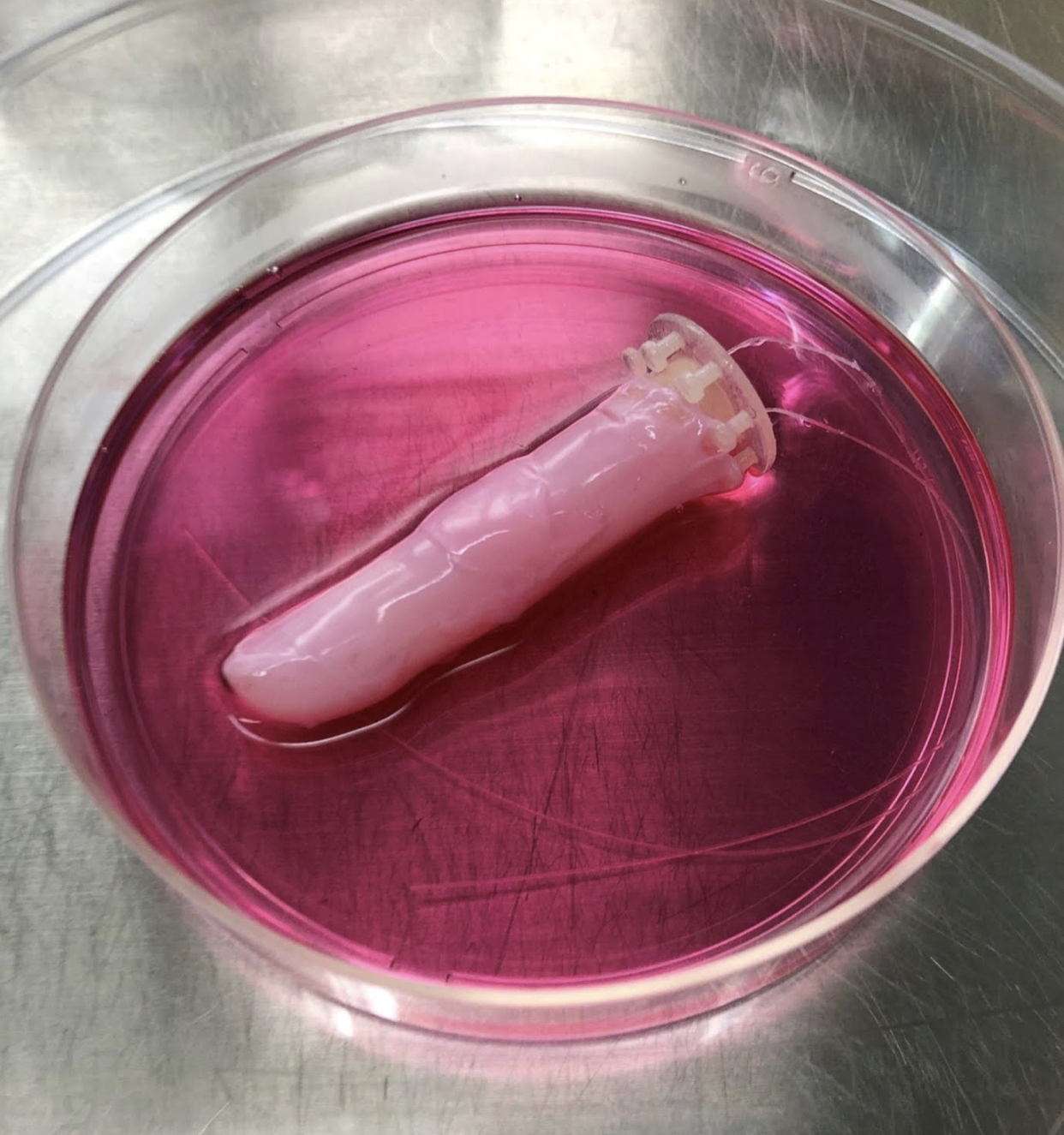دليل تركيا DaleelTurkiye.net
© 2023 - جميع الحقوق محفوظة.
عاجل
يتمدد وقابل للشفاء الذاتي.. علماء يطورون جلدا بشريا حيا على إصبع آلي




https://linkinghub.elsevier.com/retrieve/pii/S2590238522002399
https://www.independent.co.uk/news/science/scientists-university-of-tokyo-japan-b2097592.html
https://www.cnet.com/science/biology/scientists-craft-living-skin-for-robots-made-of-human-cells/
https://www.sciencedaily.com/releases/2022/06/220609131938.htm
السابق بوست
القادم بوست






التعليقات مغلقة، ولكن تركبكس وبينغبكس مفتوحة.